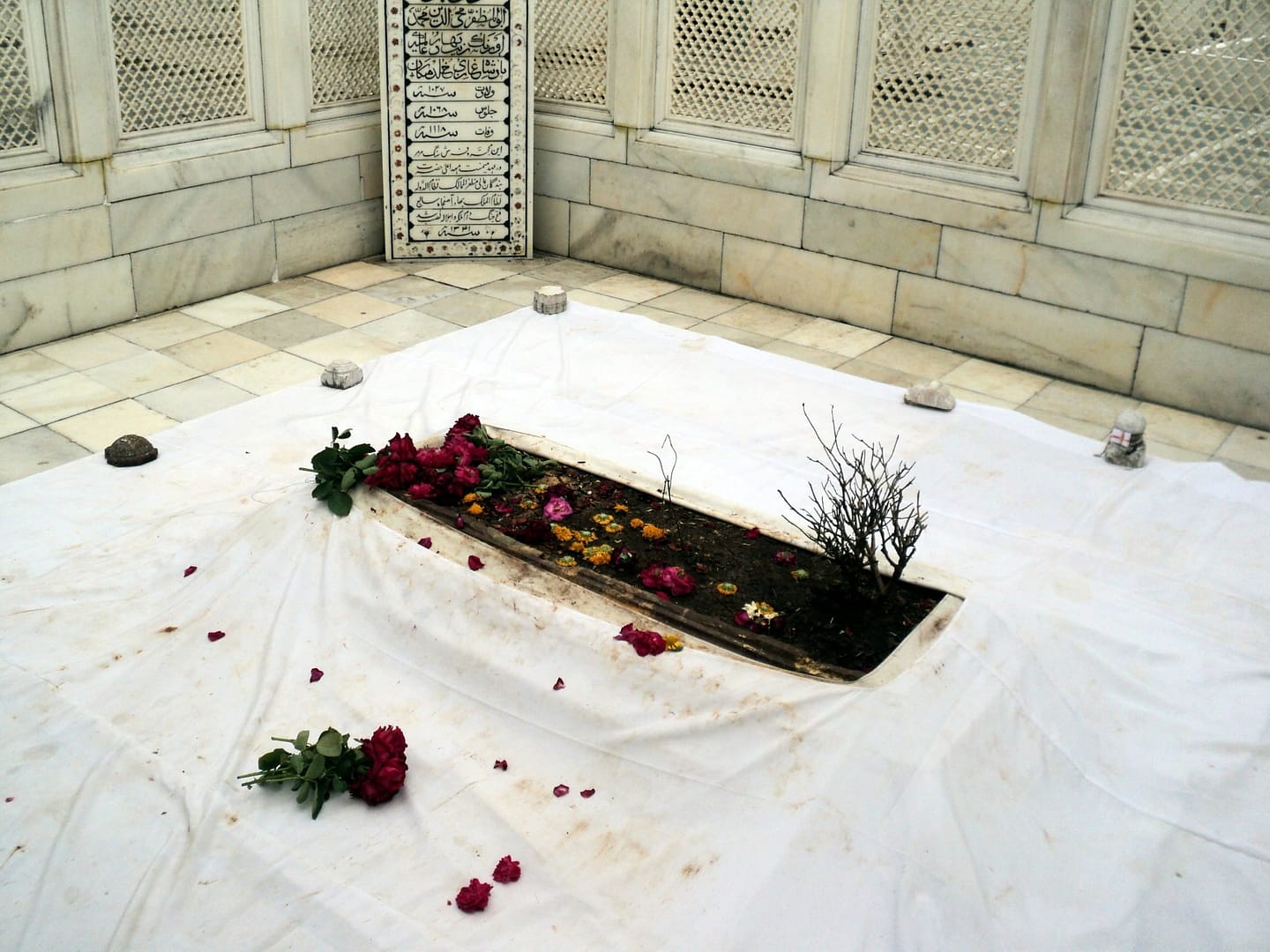The tomb of Mughal Emperor Aurangzeb in Khuldabad, Maharashtra, is currently under scrutiny. Recent protests have sparked violent clashes in Nagpur. The protests demand the removal of Aurangzeb’s tomb, which has been a symbol of historical grievances. In response, the Archaeological Survey of India has installed tin sheets around the tomb to protect it from vandalism and to maintain order.
Historical Background
Aurangzeb ruled the Mughal Empire from 1658 until his death in 1707. His reign lasted for almost 50 years, making him the longest-reigning Mughal emperor. He is often depicted as a religious bigot. However, his reign was marked by military and administrative challenges. He faced an agrarian crisis and increasing resistance from the Marathas. His final years were spent in the Deccan, where he died during a campaign against the Marathas.
Significance of Aurangzeb’s Tomb
Public and Political Reactions
The protests have ignited a debate about historical memory and identity in India. Political leaders have called for a measured response to the protests. The situation has brought into light the tensions between historical narratives and contemporary politics.

Leave a Reply